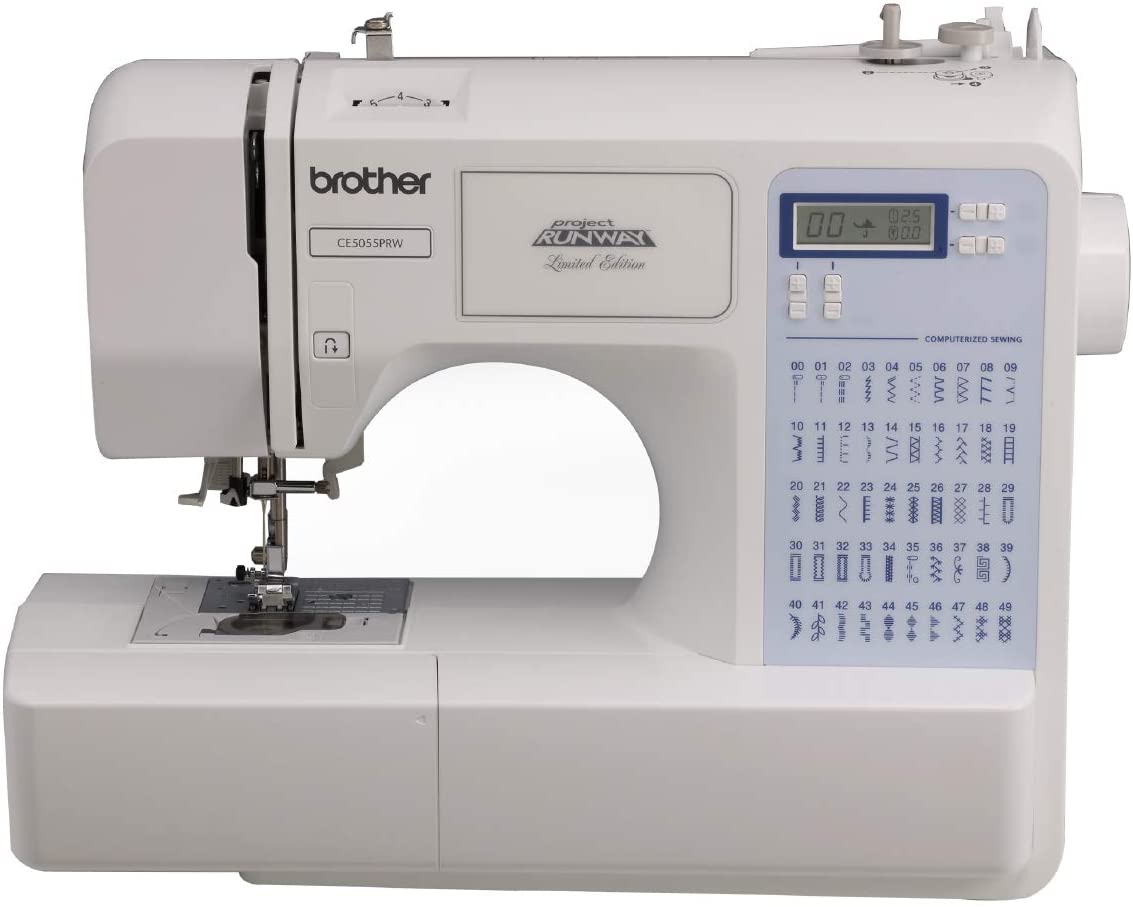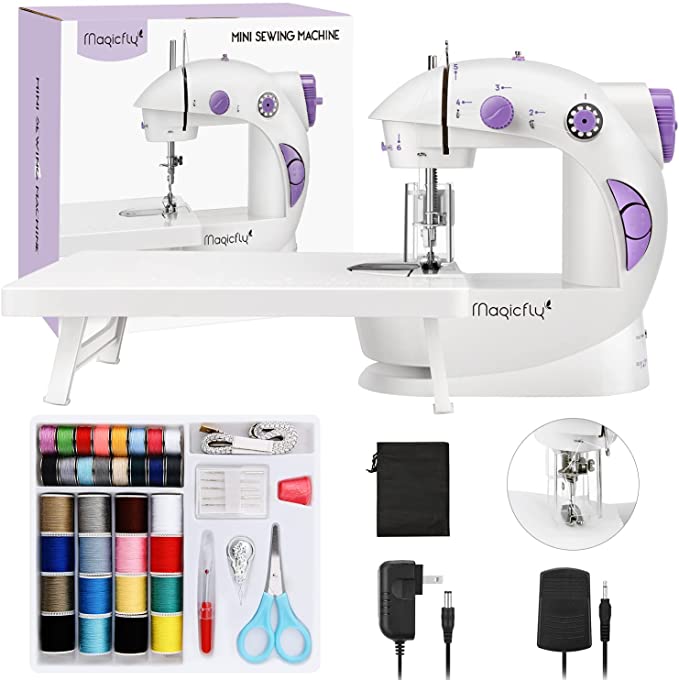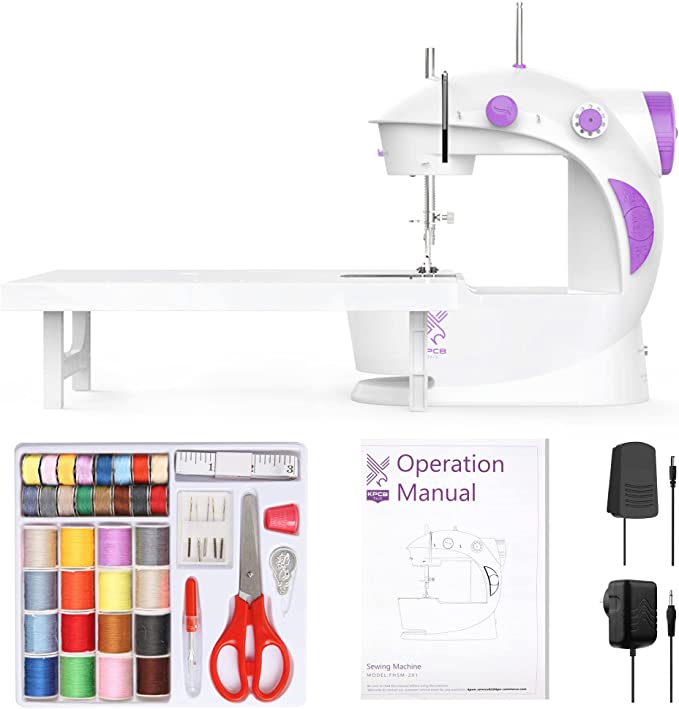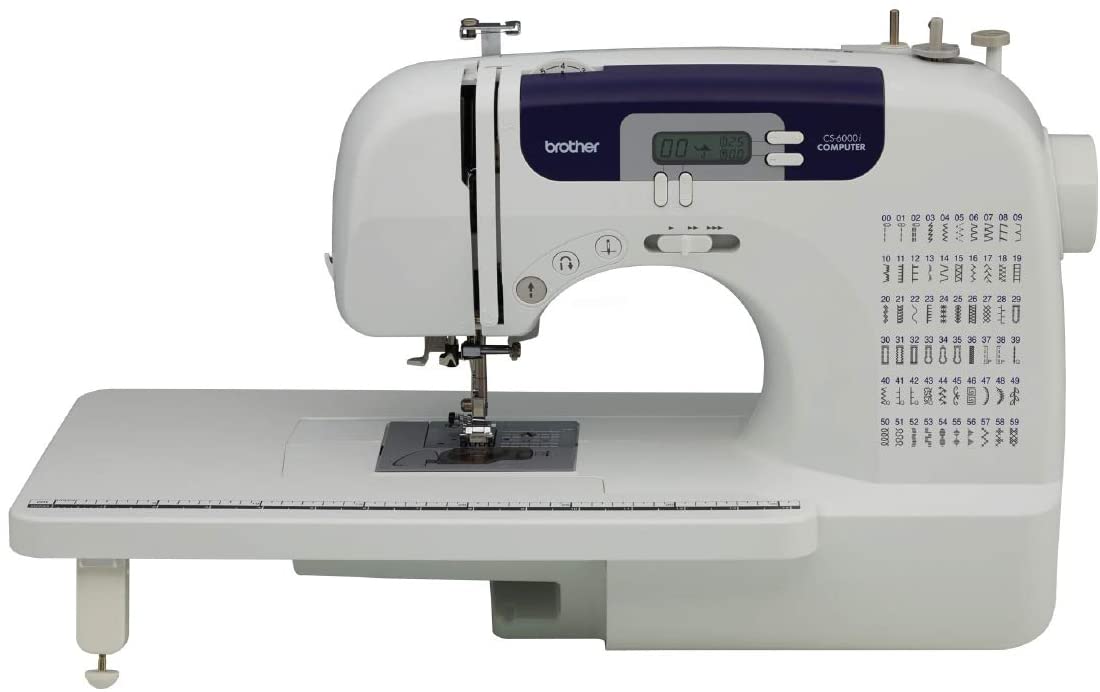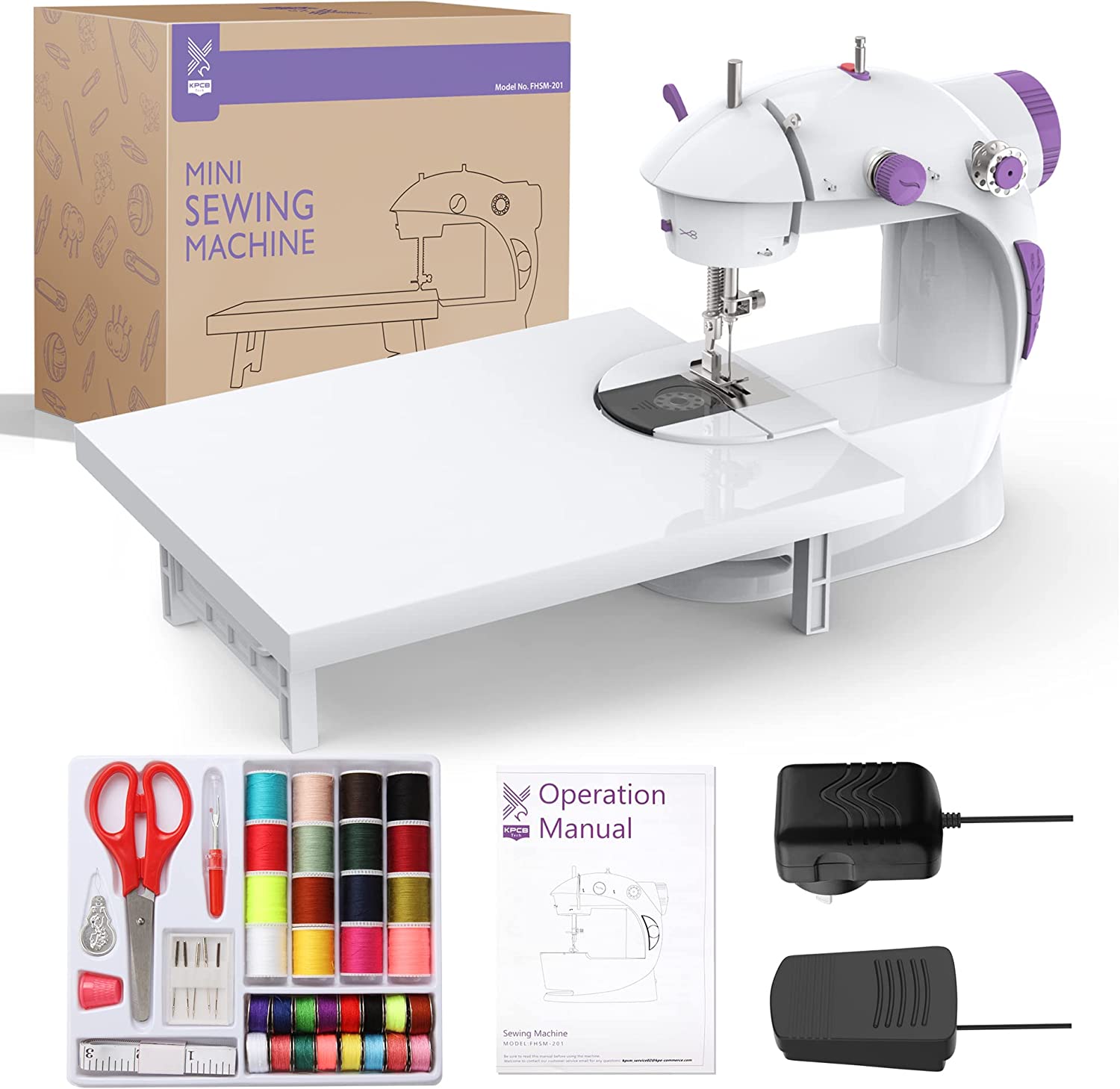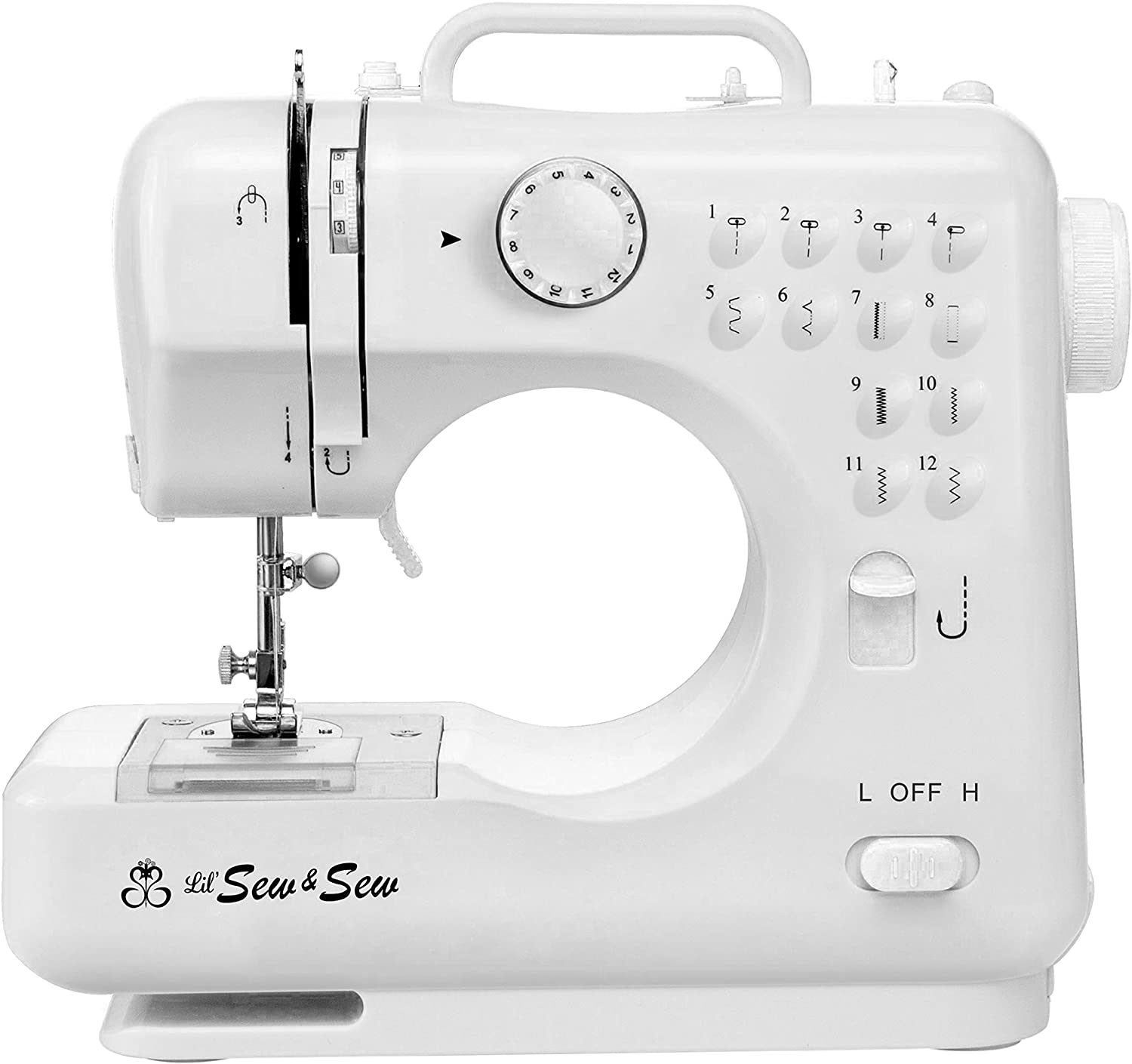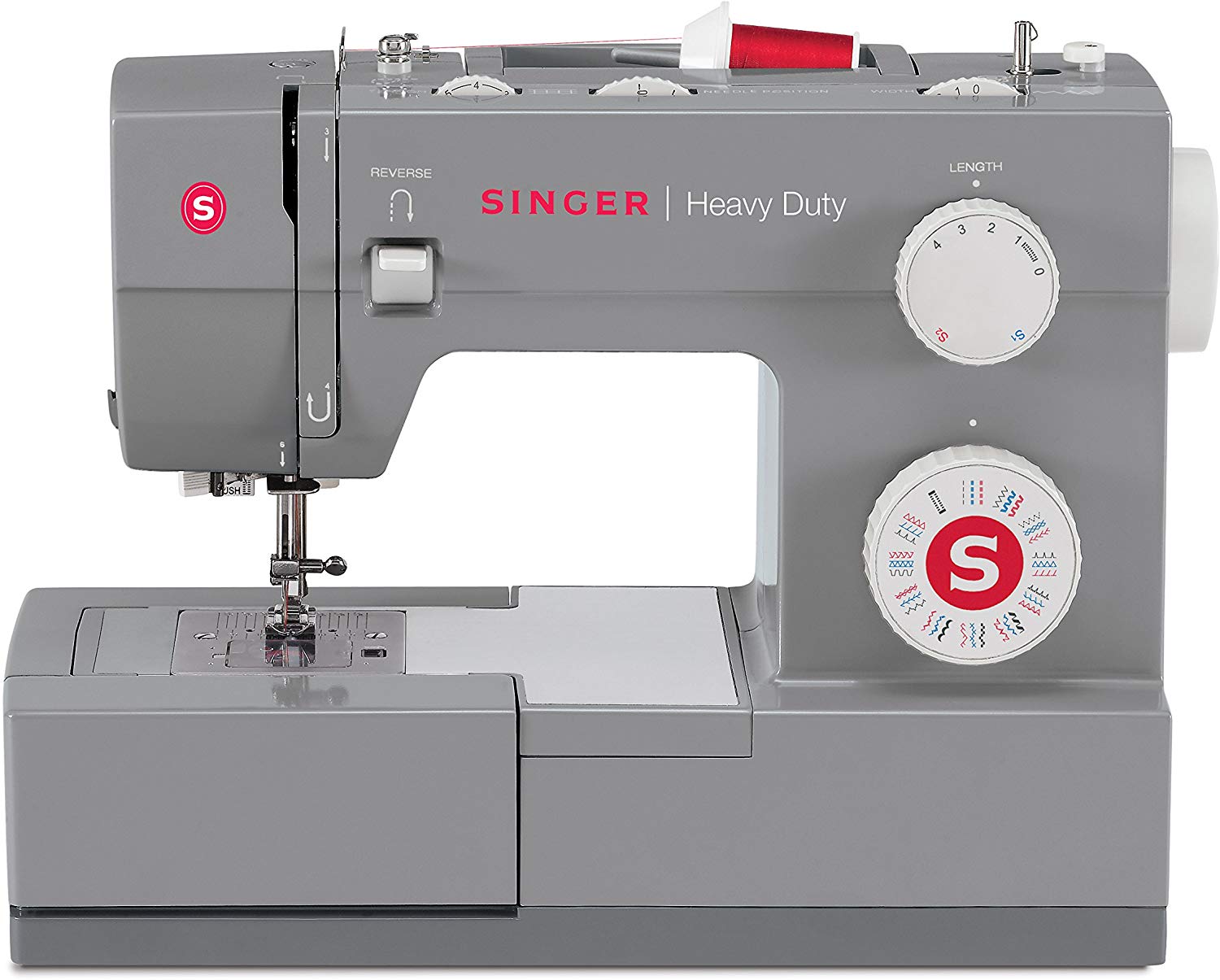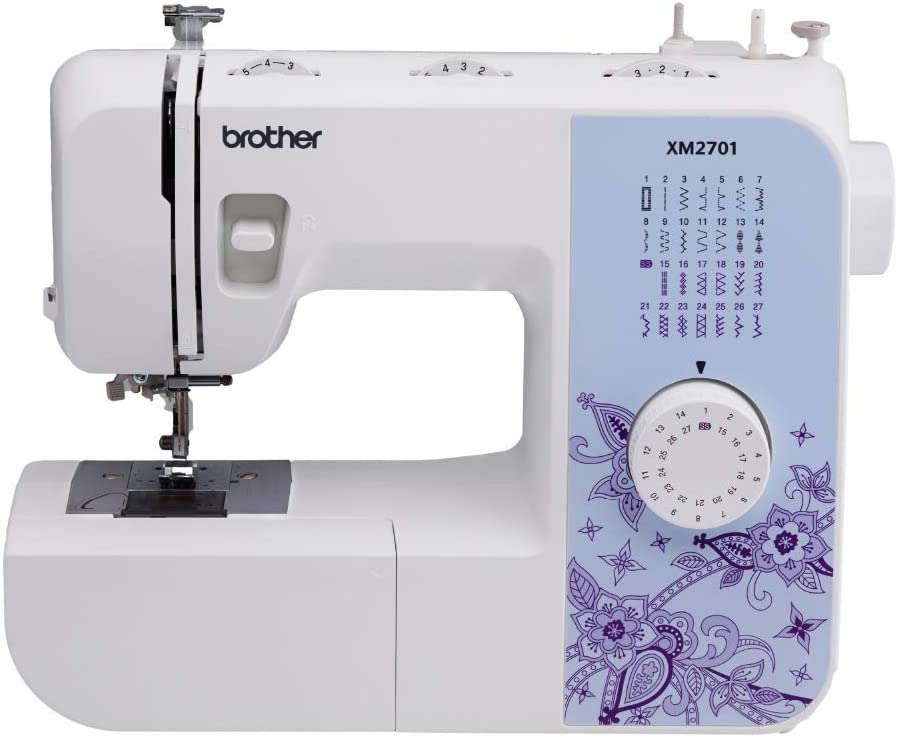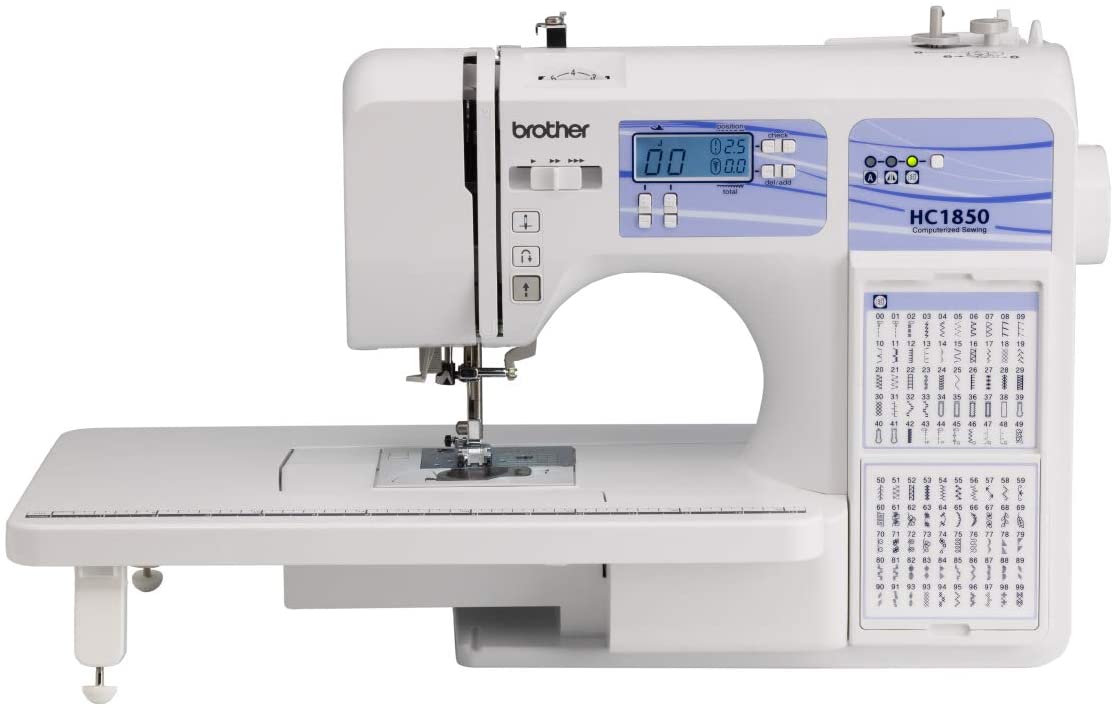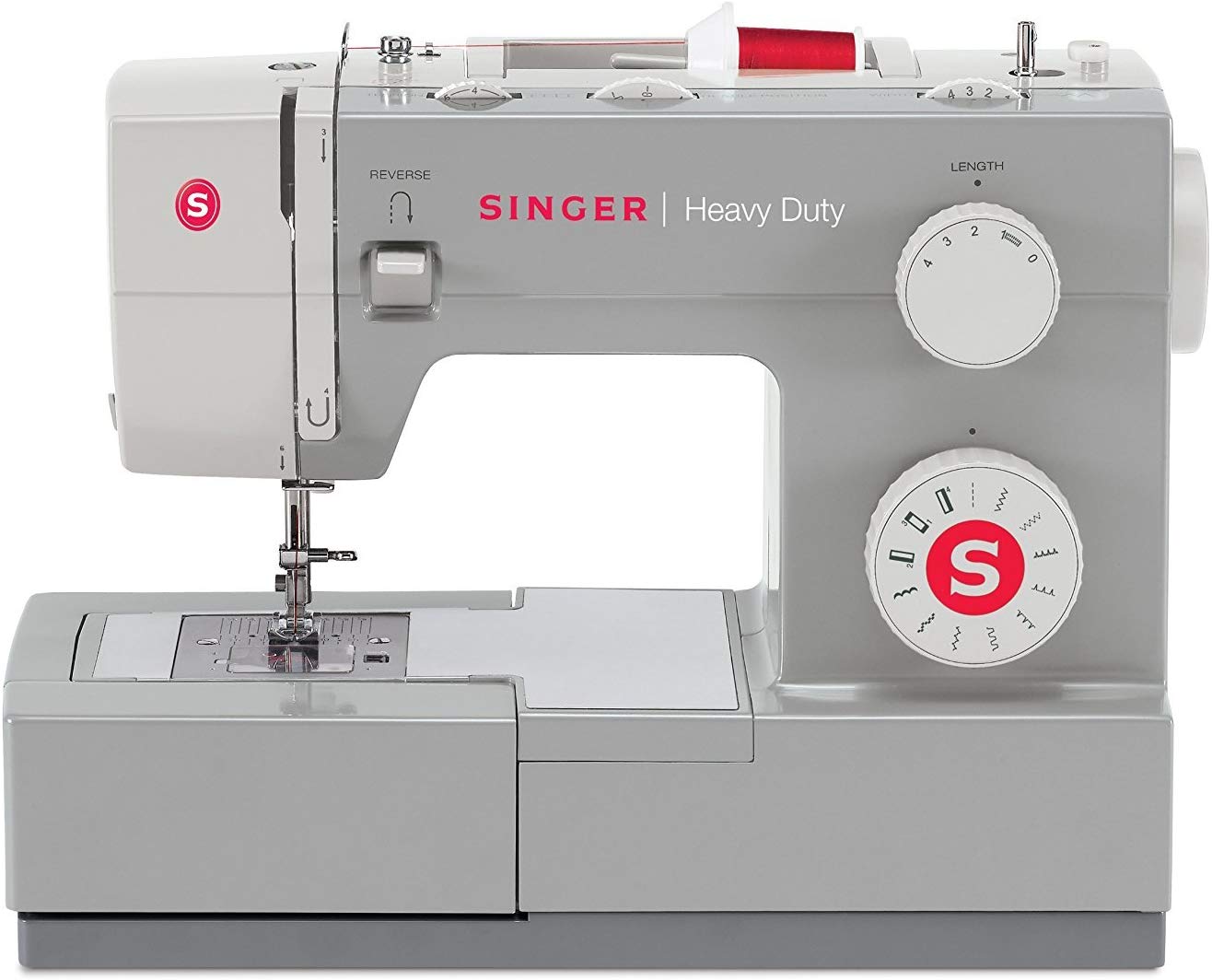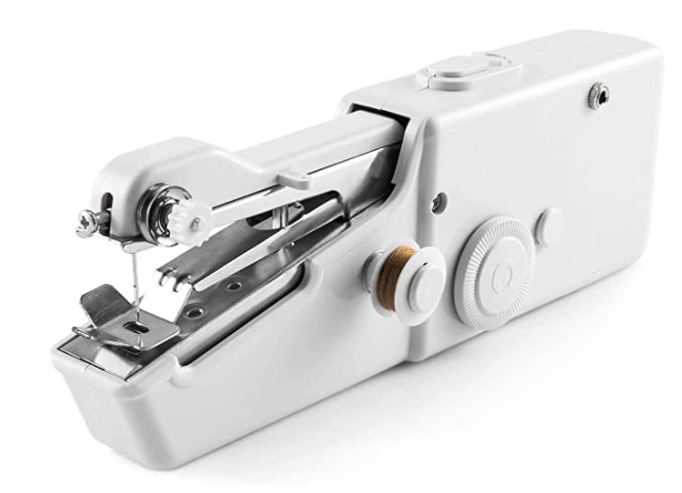Brother Electric Sewing Machine, 50-Stitch
Last updated: November 9, 2022
This sewing machine includes five auto-size button holes, in addition to an automatic needle threader and drop-in bobbin. It comes with seven sewing feet accessories. However, the storage compartment is fairly small.
We looked at the top Sewing Machines and dug through the reviews from some of the most popular review sites. Through this analysis, we've determined the best Sewing Machine you should buy.
Product Details
Key Takeaway: This sewing machine has multiple stitching facilities for a variety of projects.
In our analysis of 71 expert reviews, the Brother Electric Sewing Machine, 50-Stitch placed 6th when we looked at the top 11 products in the category. For the full ranking, see below.Our Expert Consultant
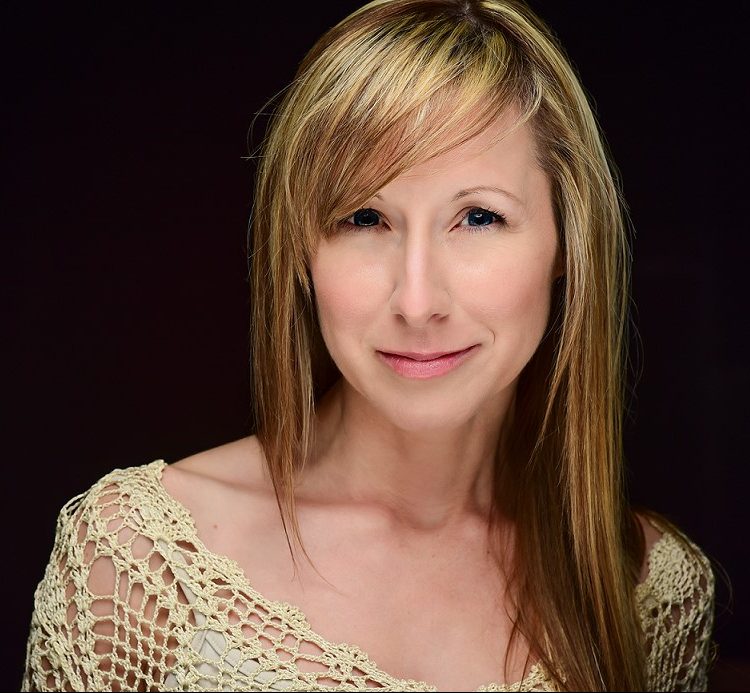
Home Improvement Expert
Vicki Liston writes, produces, and narrates “On The Fly…DIY,” an award-winning home improvement and DIY show of unique project tutorials for the casual DIY’er.
Home improvement and all things DIY have been Liston’s passion since she bought her first house in 2007 and she started making video blogs in 2014. She’s performed hundreds of DIY projects, from small ones to major, wall-smashing renovations and can teach you how to make a trendy DIY barn door for cheap. The proceeds earned from “On The Fly…DIY” are donated to no-kill animal shelters and rescue organizations.
